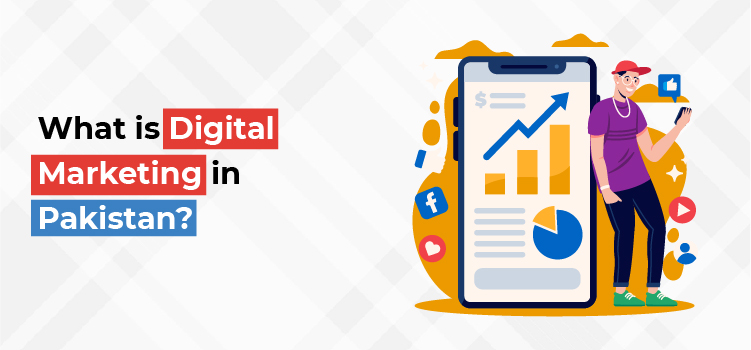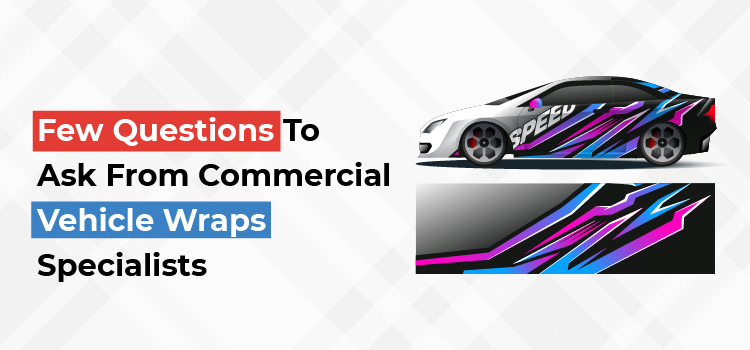When it comes to website design (website and mobile apps), first impressions are everything. A landing page is a good way to get viewers to interact with your website by engaging with your calls to action, contacting you, making a purchase, or sharing your content.
It should be direct and informative, but also welcoming and attention-seizing. It may look like there is a focus on the content, but the design is equally crucial.
Landing pages are important to convert your viewers into clients. They broker the information exchange between you and your audience. Combining an attractive offer button with a powerful design can transform what was once only web traffic into a steady lead for your sales team.
What elements make an effective landing page?
A robust website is critical to reaching your business goals. Landing pages offer essential information along with a clear call to action for your audience. These seven elements will assist in making a good and effective landing page.
-
Design and structure
Unfortunately, every viewer will not make it to the bottom of each page. Therefore, keep the call to action and lead intake forms, above the fold ensuring they will be seen. Moreover, eliminate the navigation from the web page to avoid disturbance in the form of other links.
-
Appealing headline
The huge text on your page must be something that makes your viewer want to learn more. An extra copy on it must maintain the interested momentum initiated by the headline.
-
Call to action
When viewers visit your website, what do you want them to do? Your copy and design must stimulate them to take action. While you have their attention, therefore, strike the iron when it is hot. Also, put a “Join the family” OR “Contact us now” button right on the landing page.
-
Case studies and testimonials
A first-time viewer to your website may not have done any type of business with you before. They will be more stimulated to take action by seeing what you can achieve for a likewise customer and not only a general description of your work.
-
Trust symbols
In today’s world, a well-designed website is not sufficient to prove to viewers that you are a credible business. Social proof establishes credibility while privacy policy and trust seals build trust with your viewers.
-
Media
A headline can be a strong motivator, but a video or photo can even communicate your wanted message. Select a media that promotes what you do and how you want to make your audience feel when they land on your web page.
-
Quick loading pages
Make sure to optimize any videos and images on your landing page to prevent slowing down your web page speed. In case your page takes much time in loading, viewers may abandon ship before seeing the entire page.
7 landing page best practices
Follow these best practices to ensure an easy-to-navigate, high converting webpage.
-
Pass the blink test
Viewers to your website will frequently decide whether or not they will fill out your form before the web page even completes loading. Ensure where you are sending people, immediately appears professional and easy to fill out. In simple words, ensure they can perceive the offer and what you are requesting for in the time, takes them to blink.
-
Keep it simple
Every viewer to your landing page clicked on anything to get there, like a CTA button for a webinar, free trial, or other offers. Therefore, theoretically, you are already aware of something essential about these folks. For example, if they click on blue widgets to download a whitepaper, you will know that they have an interest in blue widgets. With having that information, you should plan your page appropriately. Use that knowledge to your benefit and keep everything simple about this page.
-
Keep it concise
Pinpoint the most essential things that you want to communicate with the page. Don’t include a long company history and elaborate clarifications that can go on a distinct page. A viewer should be able to glance quickly at your page and get your desired message.
-
Graphics and endorsement matter
Keep in mind, you will be asking folks to present the information they may consider sensitive. So, before building this, credibility will be essential. Ensure you have your all credible-building material, like social proof, testimonials, and privacy promises, prominently placed on the page.
-
Go naked
Your landing page viewers are a click away from becoming a genuine lead. In simple words, you have got them exactly where you want them. The last thing you will want to occur for them is to get distracted. Going naked refers to making your page intentionally sparse. Customize the page for zero navigation such as no menu, no other places to click, and no link back to the homepage. This place needs to be empty of all hyperlink distractions. Let the form as well as the “submit button” be their single point of focus, and guide them through to completion.
-
Restate value
On your website, the landing page will be likely hyperlinked to the call-to-action button, but ensure the two are logically linked too. Use a bulleted list on the page top to restate what you are providing and why it is important. Doing this will make sure your prospect knows what they are getting exactly and will also make sure a qualified lead for your sales team.
-
Eat your own dog food
Ask yourself some questions before publishing the page like Will I fill out this form? Will I find this page confusing? Will I feel comfortable sharing my information with this website? So, before going live, use these questions to enhance the look and feel of your page.
The landing page is the take-off point
The warm welcome provided by your landing page is the jumpstart to your viewer’s interactions with the rest of your website and your business. Establish a few clear goals for your page, and take action to publish the necessary elements to achieve them. Ask yourself that what do you want a viewer to feel and understand in the first few moments of landing on your web page. The answer will actually lead you in the right direction to personalize your page for an excellent user experience.




